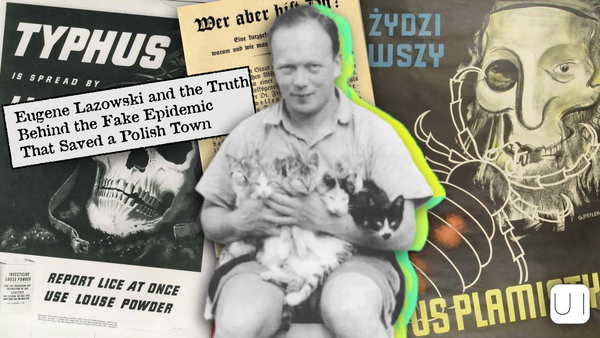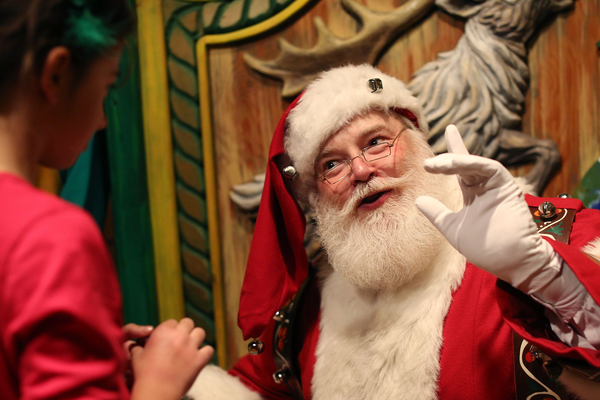She pioneered the field of forensic science using dolls
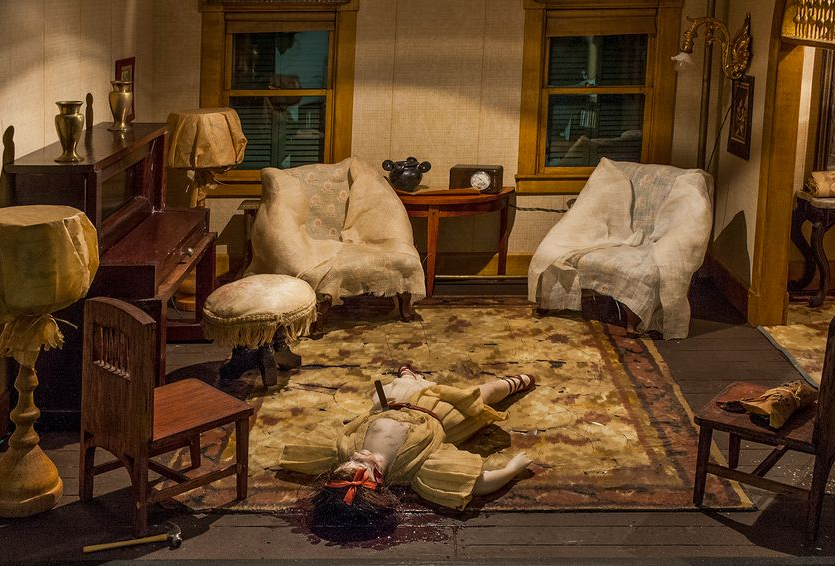
From Scientific American: "Frances Glessner Lee discovered her true calling later in life. An heiress without formal schooling, she was in her 50s when she transformed her fascination with true crime and medicine into the foundation of a new field: forensic science. In the late 1920s she drew inspiration from a family friend, a medical examiner who was involved in notorious cases—including the infamous trial of Nicola Sacco and Bartolomeo Vanzetti. For Glessner Lee, the puzzle of untangling the truth about violent deaths proved irresistible. She recognized that solving crimes demanded both rigorous methods and professional training. She helped found the Department of Legal Medicine at Harvard. Her most unusual teaching tool: intricately crafted dollhouse dioramas that depicted grisly crime scenes. She pioneered new death investigation techniques, forged unlikely alliances, faced social and cultural obstacles, and helped foster what would become our lasting obsession with true crime."
Scientists have created prototypes of human embryos from skin cells
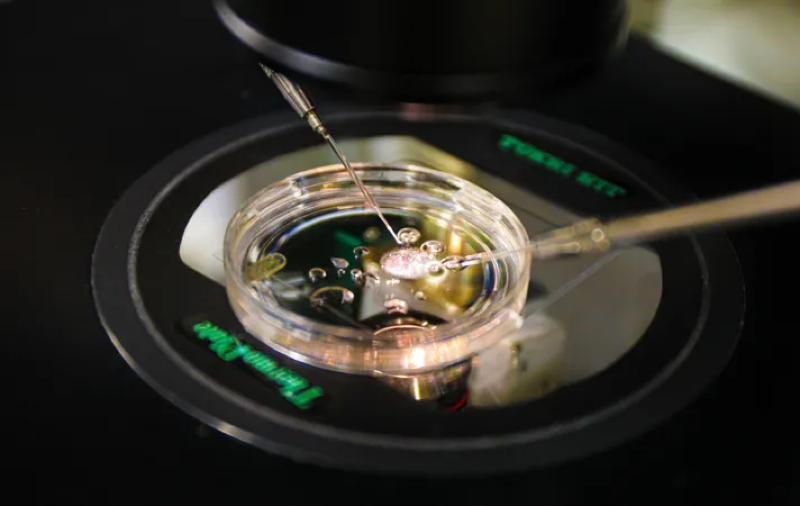
From the BBC: "US scientists have, for the first time, made early-stage human embryos by manipulating DNA taken from people's skin cells and then fertilising it with sperm. The technique could overcome infertility due to old age or disease, by using almost any cell in the body as the starting point for life. It could even allow same-sex couples to have a genetically related child. The method requires significant refinement - which could take at least a decade - before a fertility clinic could even consider using it. Experts said it was an impressive breakthrough, but there needed to be an open discussion with the public about what science was making possible. The Oregon Health and Science University research team's technique takes the nucleus – which houses a copy of the entire genetic code needed to build the body – out of a skin cell. This is then placed inside a donor egg that has been stripped of its genetic instructions."
While deep-sea diving he wound up watching footage of his own death

From Nautilus: "Chris Lemons, a saturation diver from England, is in the rare position of having witnessed his own death. All roughly 40 minutes of it were recorded on video, which he watched the next day. In the smudgy black-and-white footage, Lemons is seen lying on his side at the bottom of the North Sea atop something called a drilling template — a jungle gym of pipes that subsea oil drillers use to manage multiple wellheads — his diving suit and helmet making him resemble a toppled astronaut. For the first several moments, his limbs twitch unnaturally, then the twitching stops. He is 300 feet below the surface of the North Sea and he can’t breathe. In a freak technical failure, his ship had begun to drift away from him at the exact moment his air hose became entangled in the template. The hose runs to his diving bell, and his diving bell is connected by cables to the ship—and for one tense moment, Lemons himself is the only thing holding the errant 8,000-ton vessel in place.Then the hose snaps."
Hi everyone! Mathew Ingram here. I am able to continue writing this newsletter in part because of your financial help and support, which you can do either through my Patreon or by upgrading your subscription to a monthly contribution. I enjoy gathering all of these links and sharing them with you, but it does take time, and your support makes it possible for me to do that. I also write a weekly newsletter of technology analysis called The Torment Nexus.
The nests of some bearded vultures contain historical artifacts up to 650 years old

From Phys.org: "Many people have probably seen birds picking up small pieces of man-made materials, like strips of a plastic bag or paper litter, and taking them into their nest. This behavior appears to be fairly widespread among birds. What's unique about some larger bird species, like certain vultures, eagles, and falcons, is that the same nest is used for centuries if it continues to be in a safe space. Generations of birds will continue to occupy and add materials to these nests for hundreds of years. a group of researchers in Spain had the opportunity to examine 12 of these nests in detail. Their study was recently published in the journal Ecology and discusses a number of surprising findings. The team rifled through centuries worth of nesting material and found 226 items that had been made or altered by ancient humans, including a slingshot, shoes, a crossbow bolt, a decorated piece of sheep leather and a wooden lance."
The strangest letter of the old English alphabet was a weird character called the yeogh
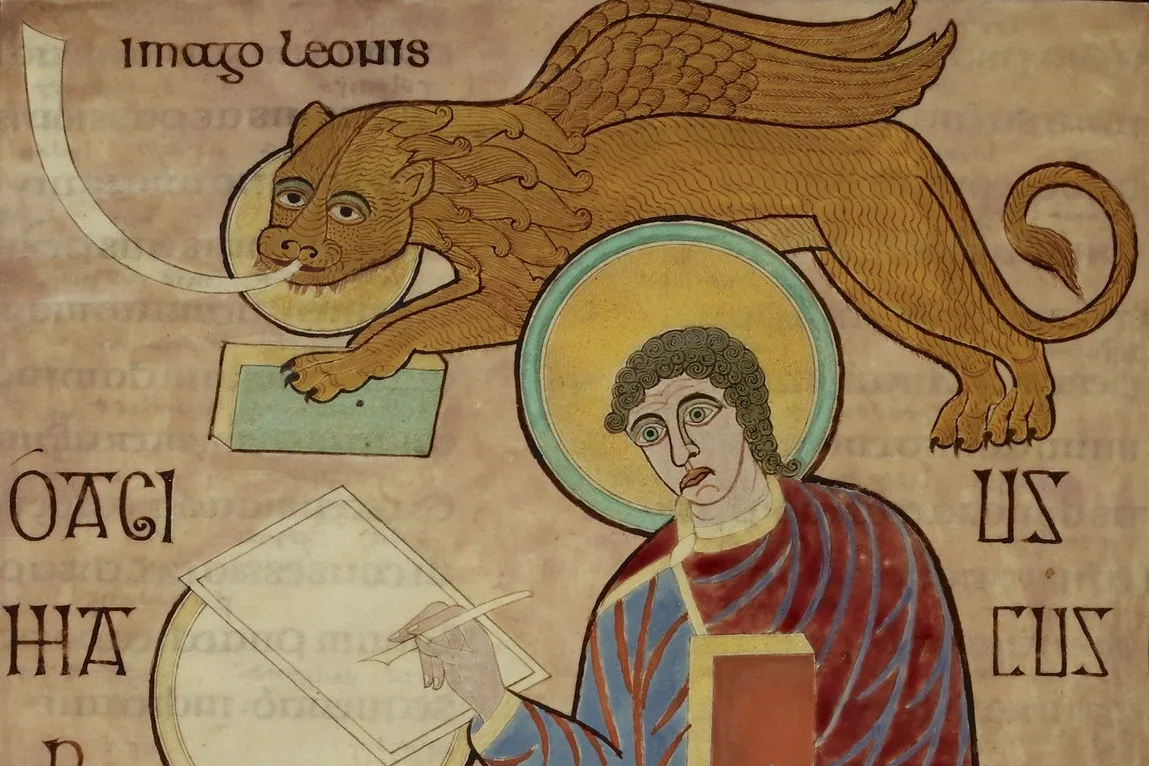
From The Dead Language Society: "English spelling has a reputation. And it’s not a good one. It’s full of silent letters, as in numb, knee, and honour. A given sound can be spelled in multiple ways (farm, laugh, photo), and many letters make multiple sounds (get, gist, mirage). I’ve written about the origin of some of this complexity before, blaming everyone from the French to stingy printers and late medieval yuppies. But I’ve not yet plumbed the depths of this complexity. To do so, I will need to tell you the story of yogh, an obscure medieval letter whose rise and fall allows us to peer into this abyss. But like an Icelandic family saga, we begin not with the story of yogh, but with the story of its parent. So allow me to introduce you to the letter ‘g,’ which, as you’ll soon see, is a complicated letter in its own right, dating back to Old English. It starts with the shape of the letter. When modern editors print Old English today, they print nice, modern-looking ‘g’s — that is, the ones we use today, with an open or closed loop."
He rode a skateboard down the side of a 20-storey-tall building

Acknowledgements: I find a lot of these links myself, but I also get some from other newsletters that I rely on as "serendipity engines," such as The Morning News from Rosecrans Baldwin and Andrew Womack, Jodi Ettenberg's Curious About Everything, Dan Lewis's Now I Know, Robert Cottrell and Caroline Crampton's The Browser, Clive Thompson's Linkfest, Noah Brier and Colin Nagy's Why Is This Interesting, Maria Popova's The Marginalian, Sheehan Quirke AKA The Cultural Tutor, the Smithsonian magazine, and JSTOR Daily. If you come across something interesting that you think should be included here, please feel free to email me at mathew @ mathewingram dot com
